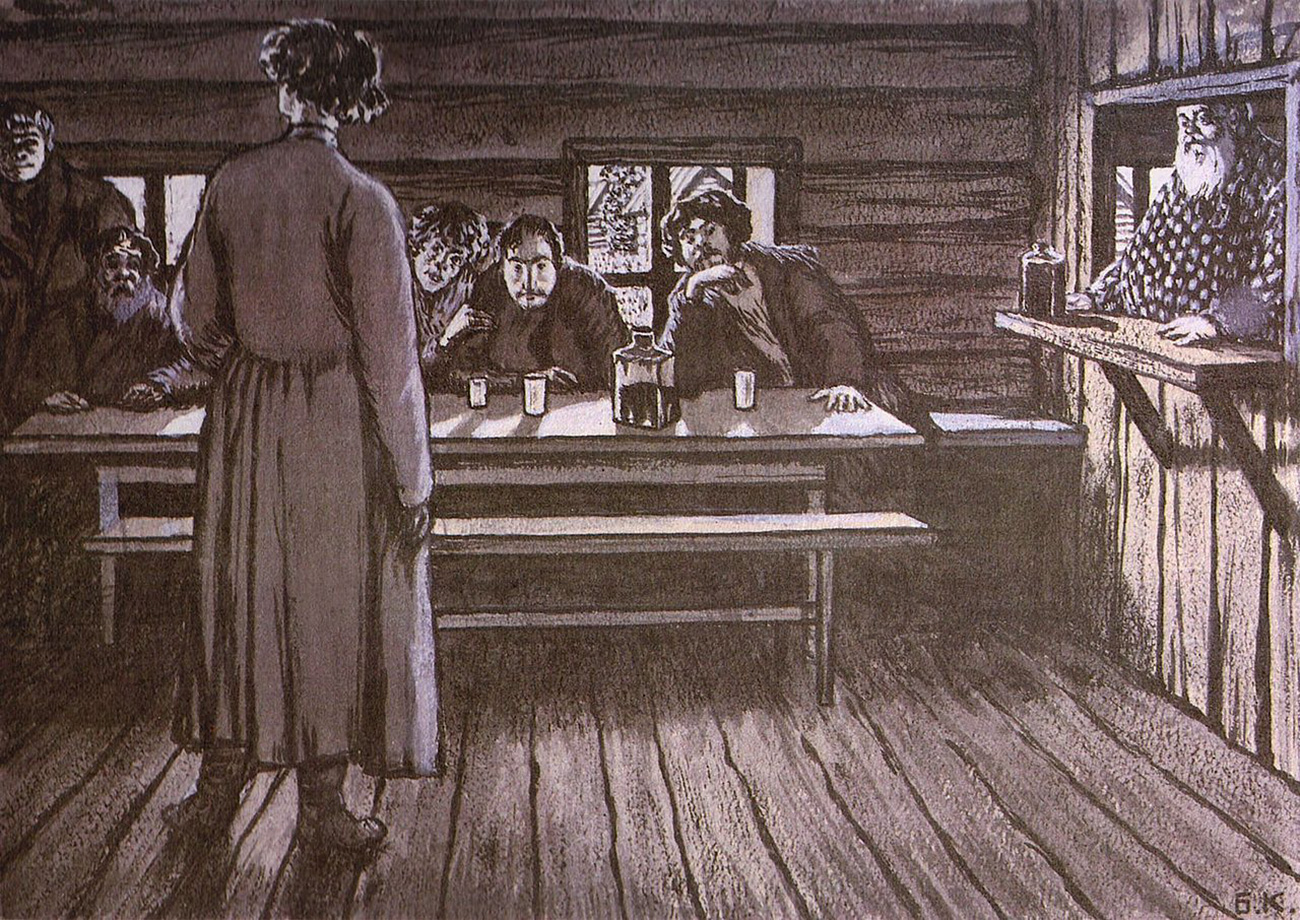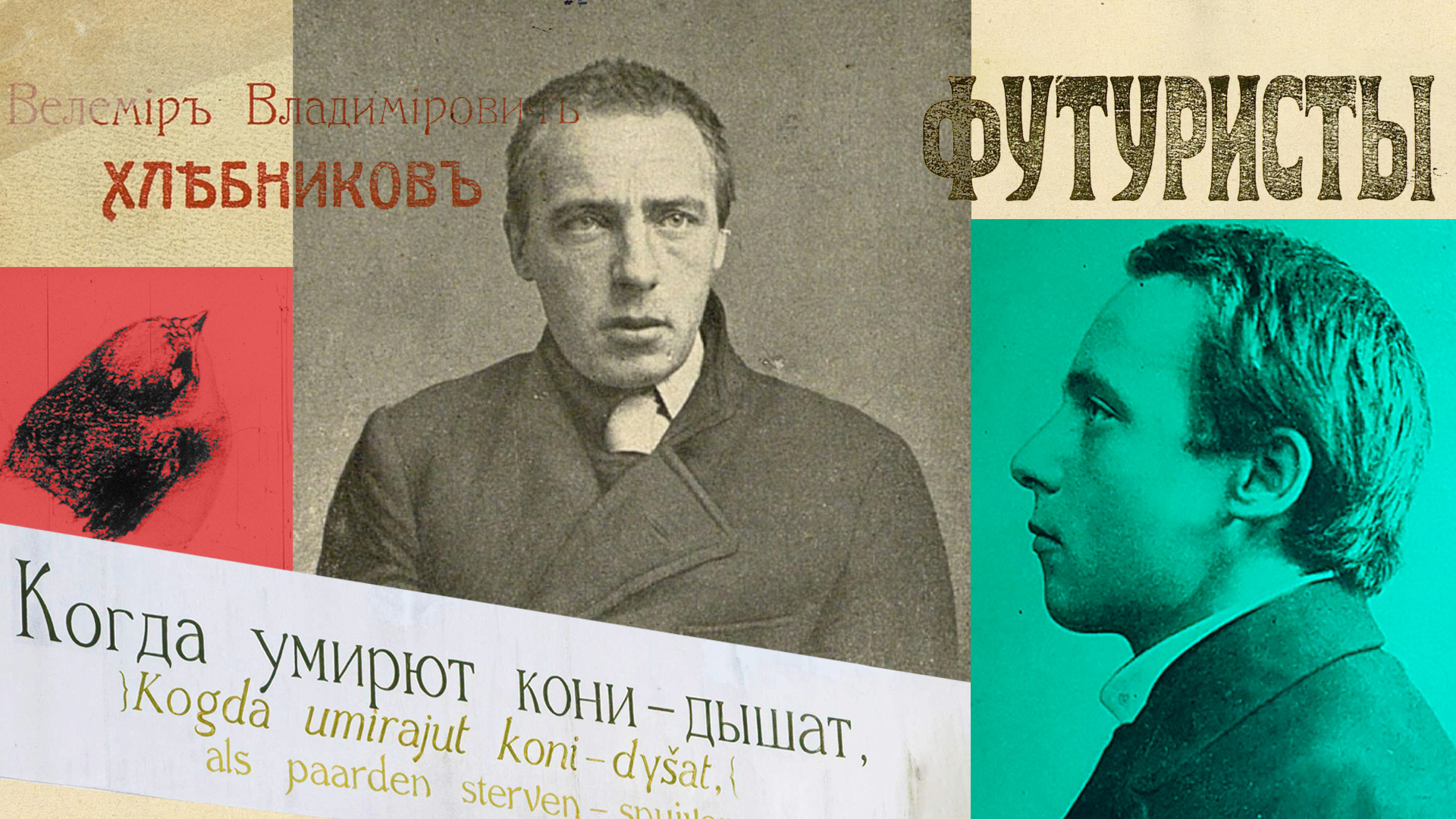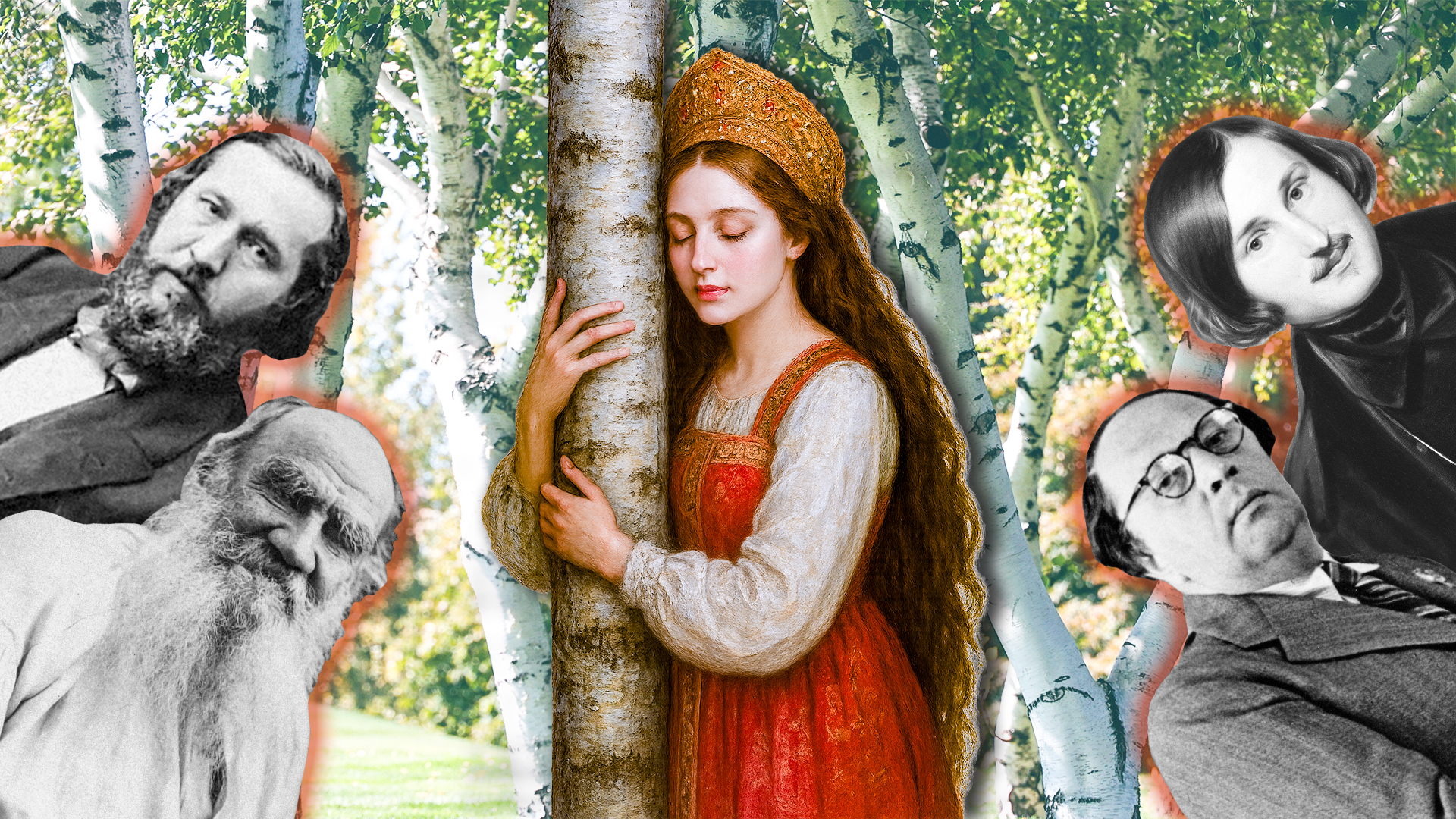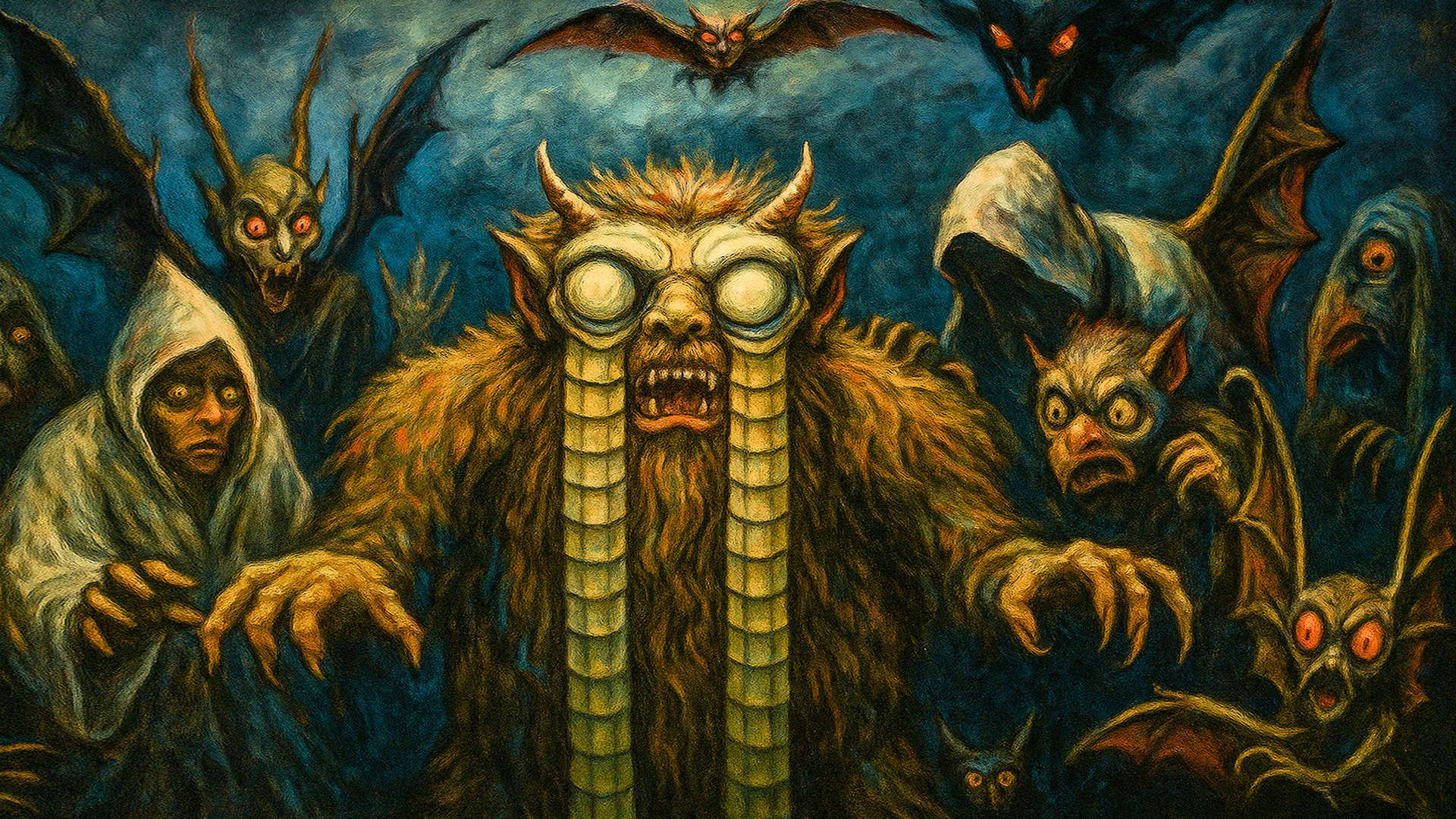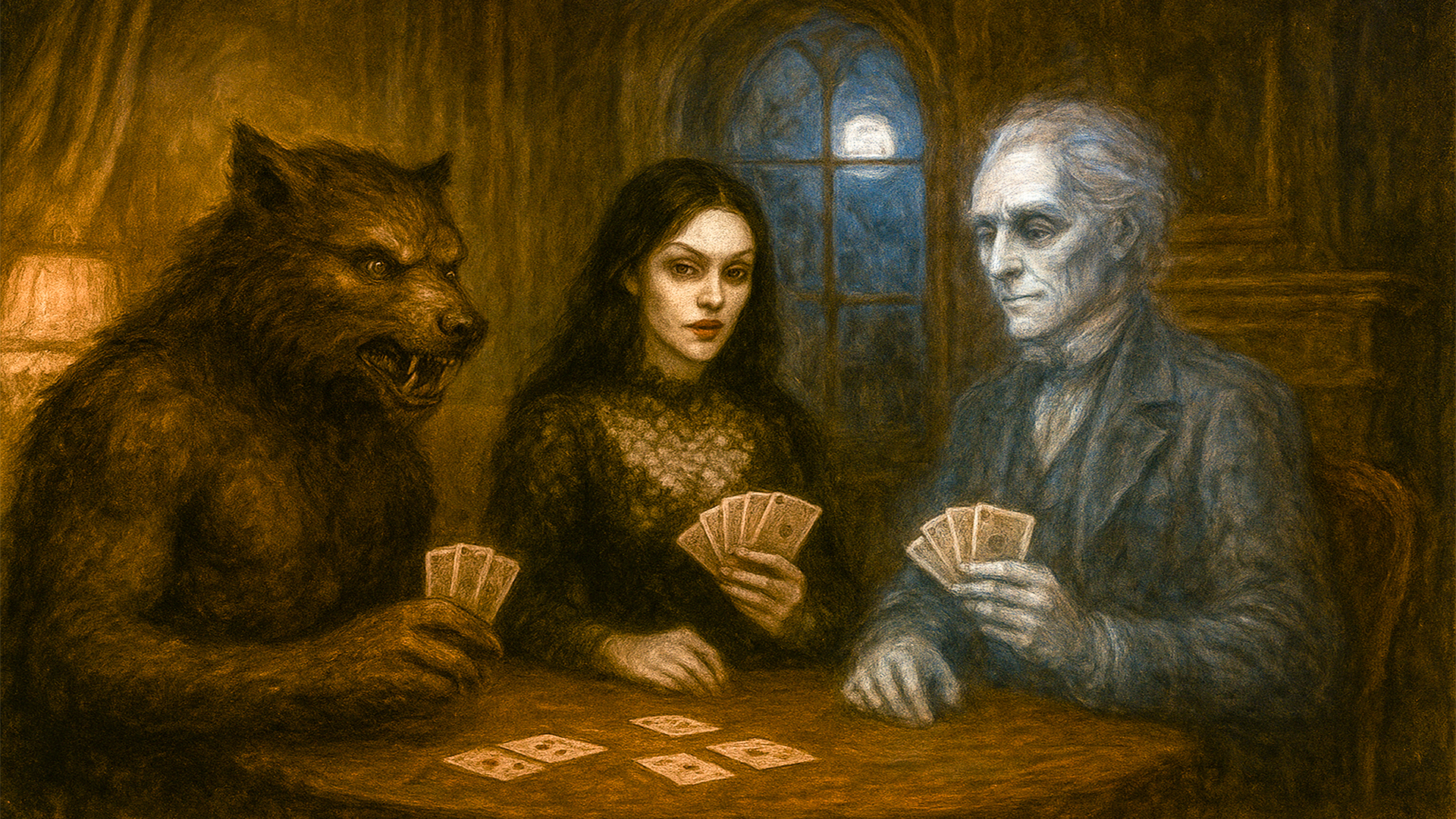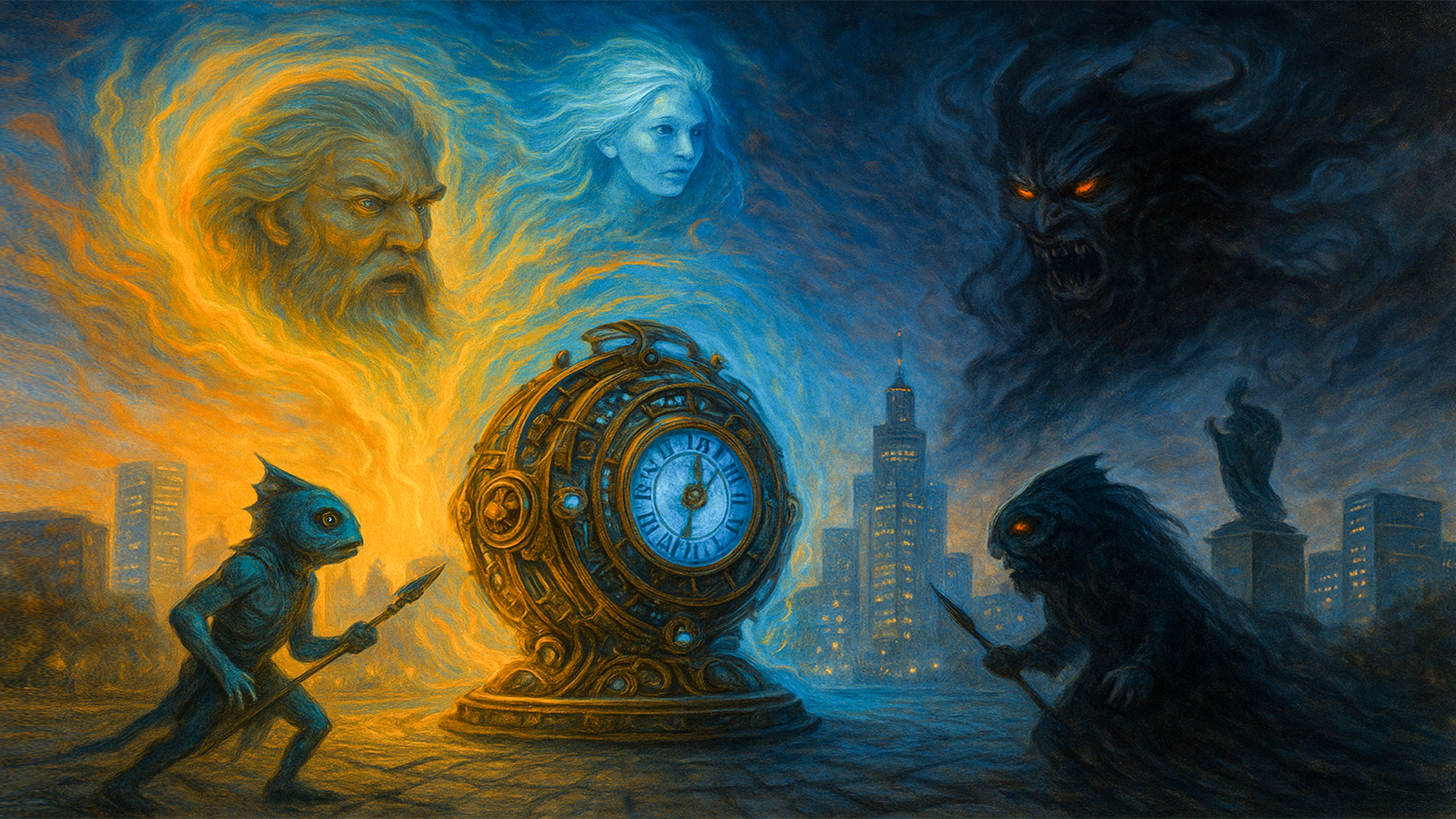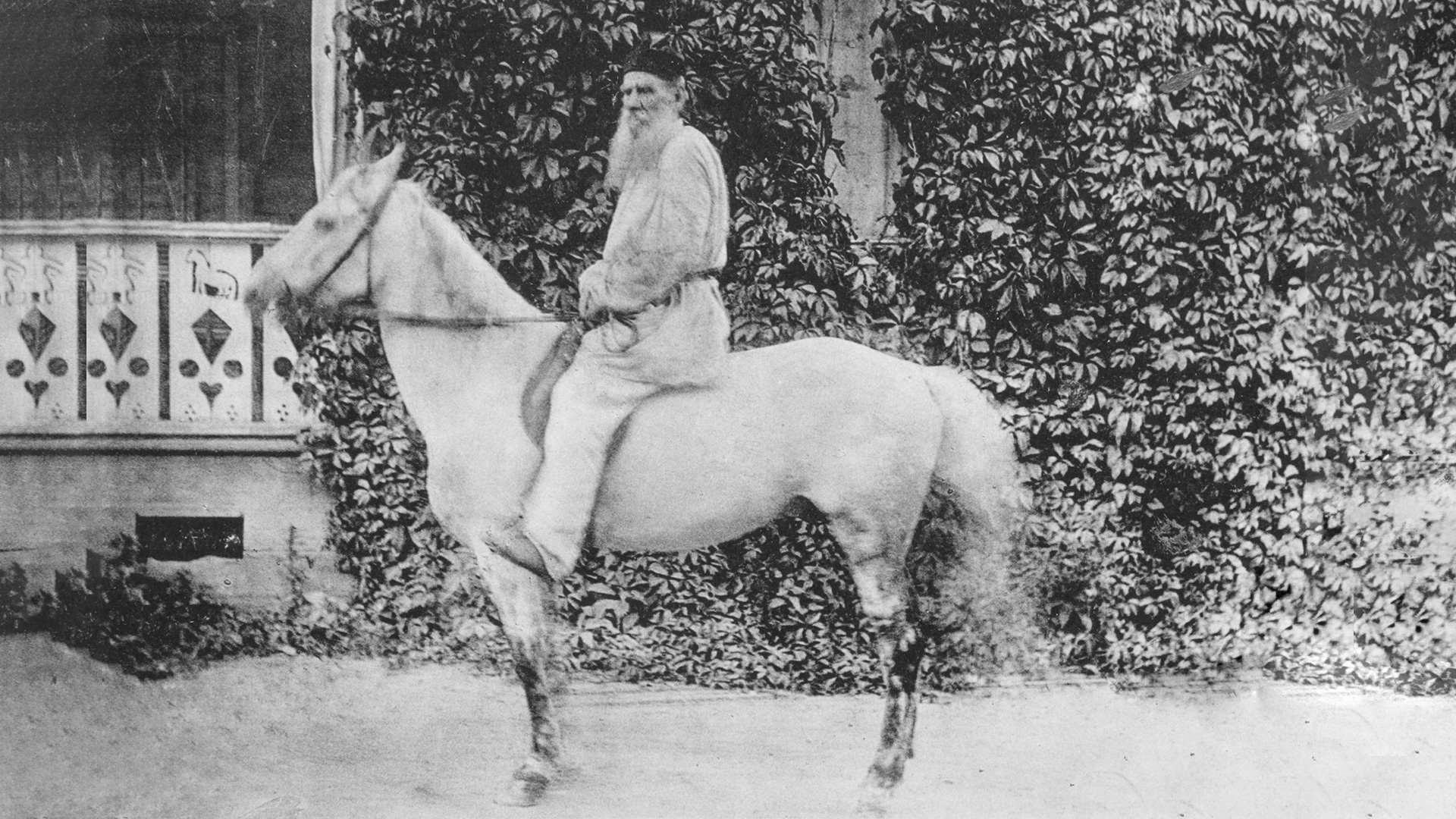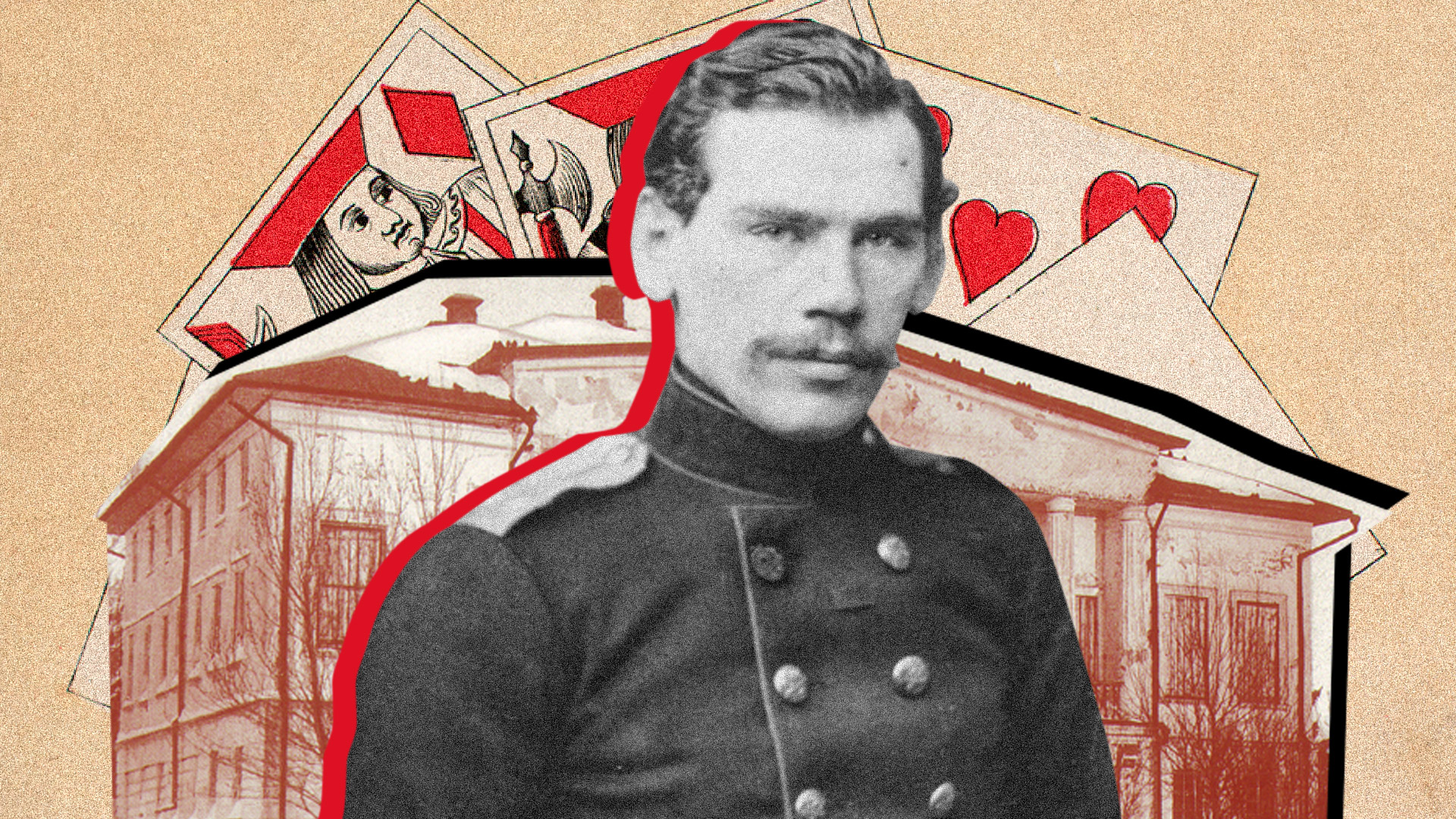
5 reasons to read Ivan Turgenev's ‘Sketches of a Hunter’
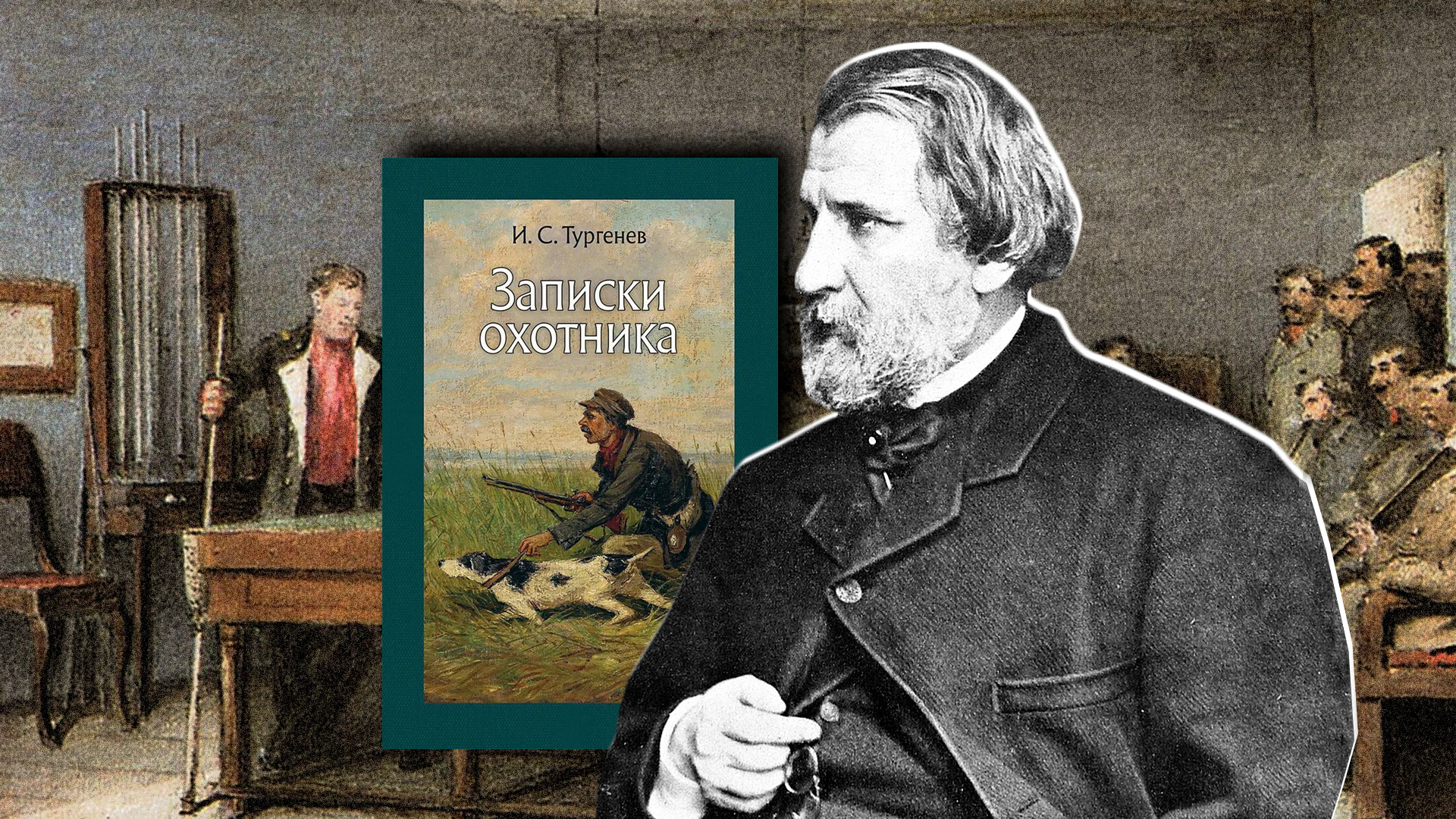
1. It’s easy to read!
It’s a cycle of either essays or stories – researchers have not yet come to a definitive consensus. But, the relatively large volume is divided into short, autonomous storylines that can be read in any order and pauses of any length can be made between them. Therefore, "this elephant is convenient to eat in parts". All stories are only connected by the figure of the narrator-hunter. It is through his eyes that the reader sees the characters and events, which creates integrity.
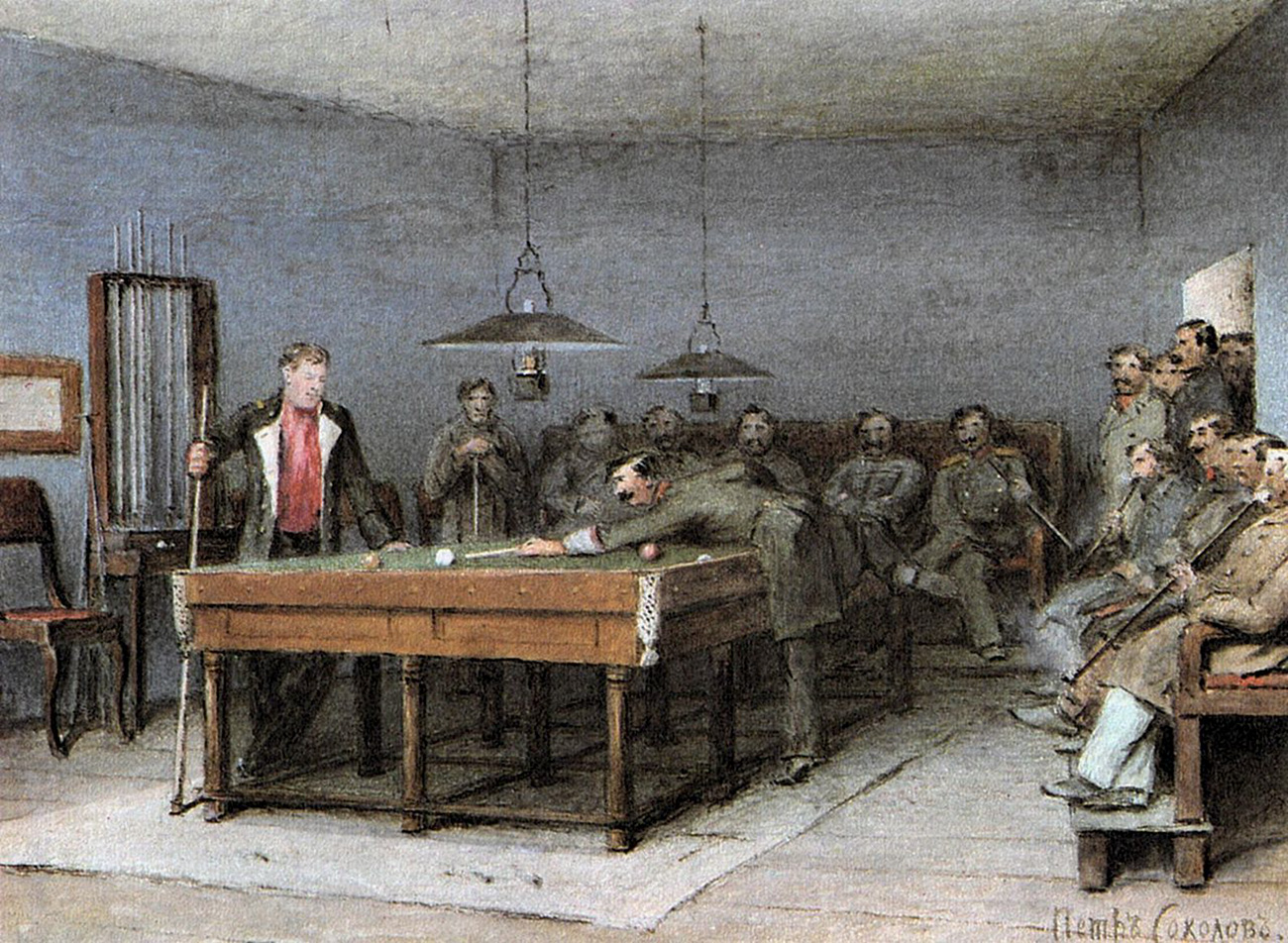
2. It’s a hymn to Russian Nature
Turgenev was an unrivaled landscape painter. His depictions of forests, fields, skies and seasons are poetic and precise. The reader begins to literally see, hear and feel the nature of central Russia. At the same time, Turgenev's nature is alive, it is a full-fledged hero of the book and a participant in what is happening. His landscapes reveal the inner world of the characters. It’s also no coincidence that his nature is changeable. It can be serene and sunny in one story and menacing, elemental in another. For example, the description of an approaching thunderstorm in the story ‘Biryuk’ perfectly conveys the internal tension and premonition of conflict.
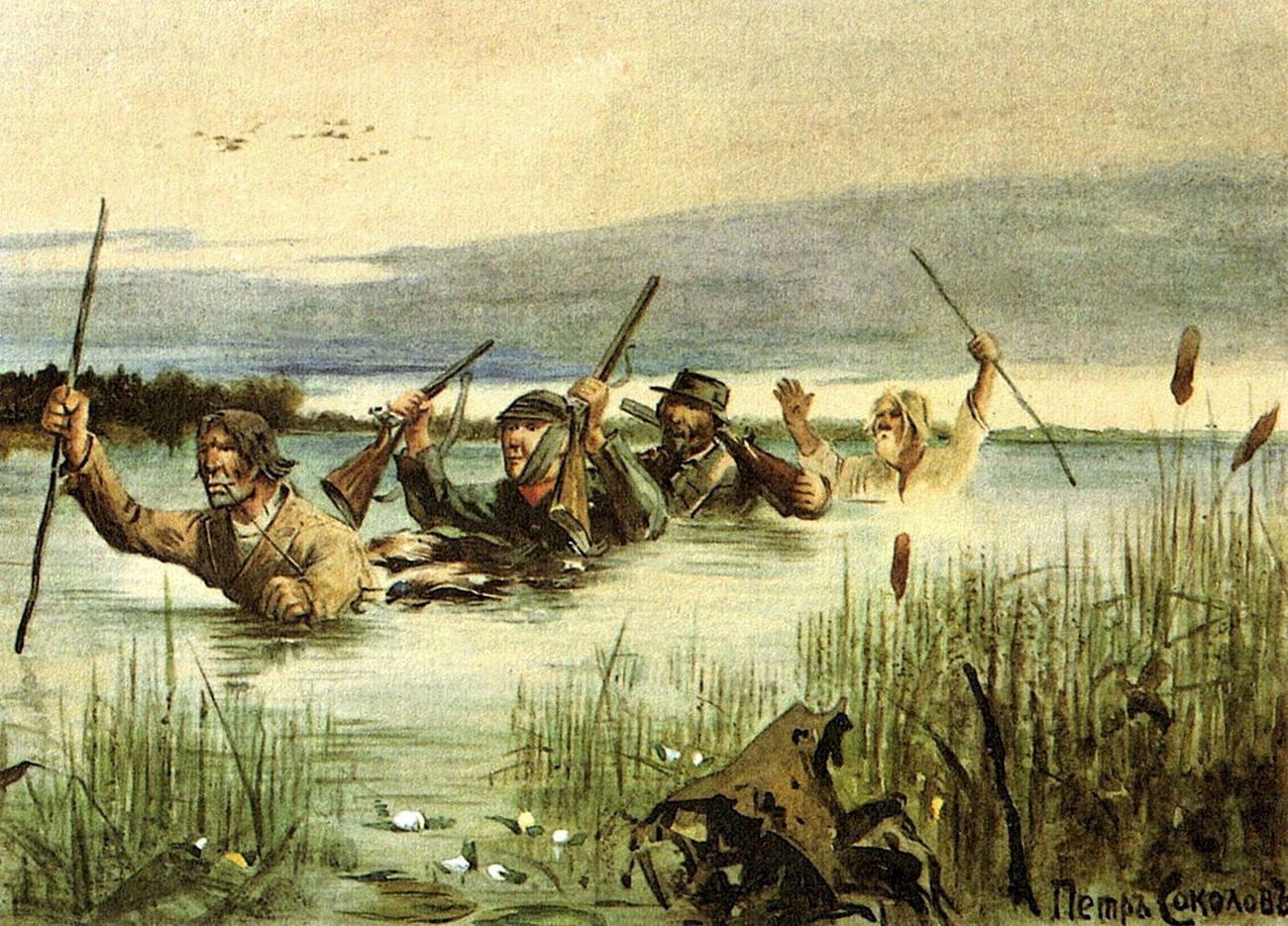
3. It’s a gallery of vivid human characters
The hunter-narrator meets different people: peasants, landowners, wanderers, children. Each character, even a minor one, is described in detail and in depth. They are all different and often contradictory. And, at the same time, they all stick in the reader's memory. Not to mention that Turgenev outlined themes that were already popular in Russian literature in the first half of the 19th century or would soon become so: the theme of the "little man", the deep psychologism of the peasantry, the connection between human experiences and the state of nature.
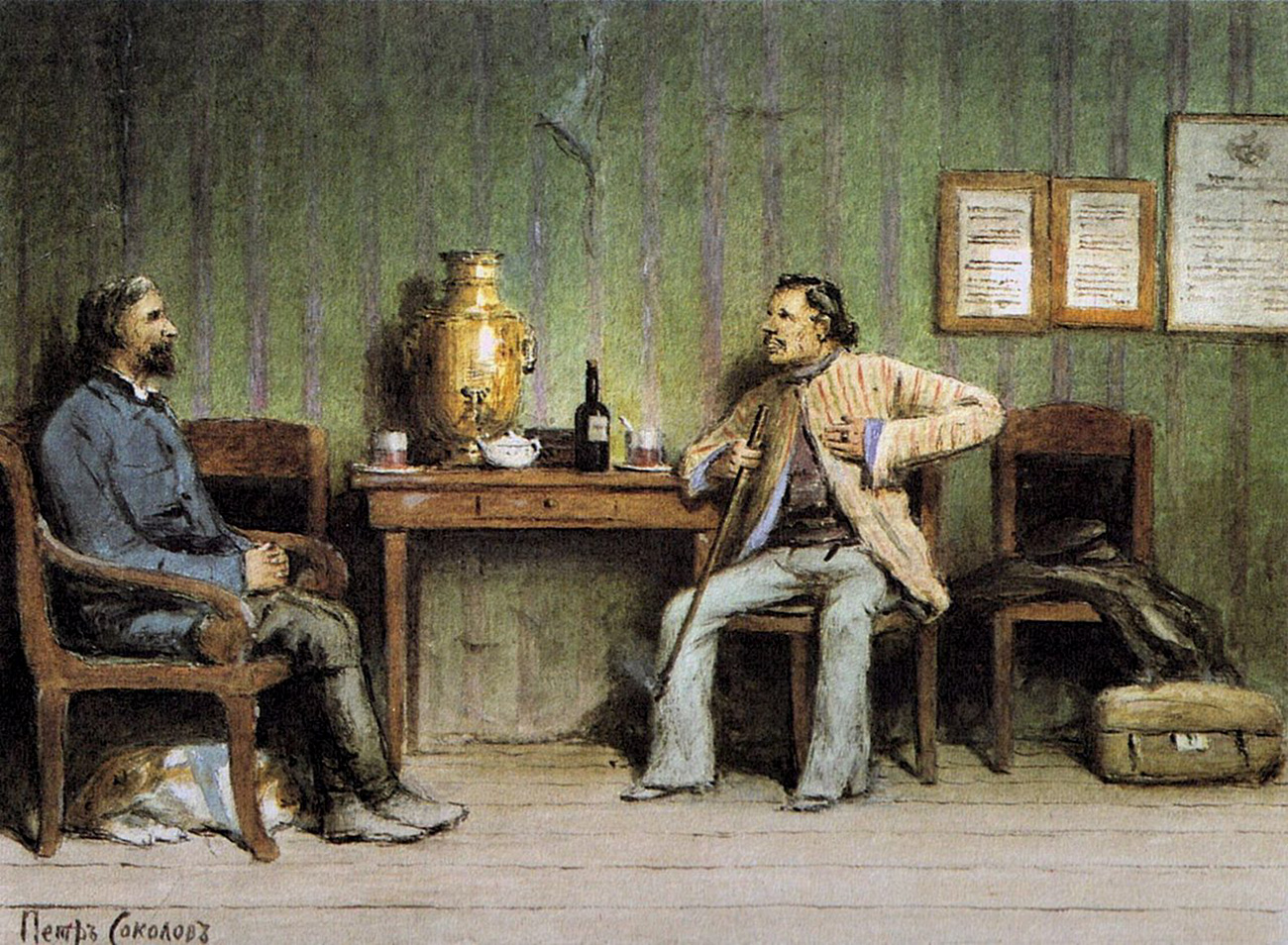
4. It’s a brilliant example of Russian prose
Turgenev's writing style is quite similar to Alexander Pushkin. He avoids ponderous phrases. His prose is clean, pure, light and precise. At the same time, the sentences are constructed with such a rhythm that the text sounds like poetry in your head. One cannot help but pay attention to the richness of the vocabulary: the high literary style in Turgenev's prose is combined with dialecticisms.
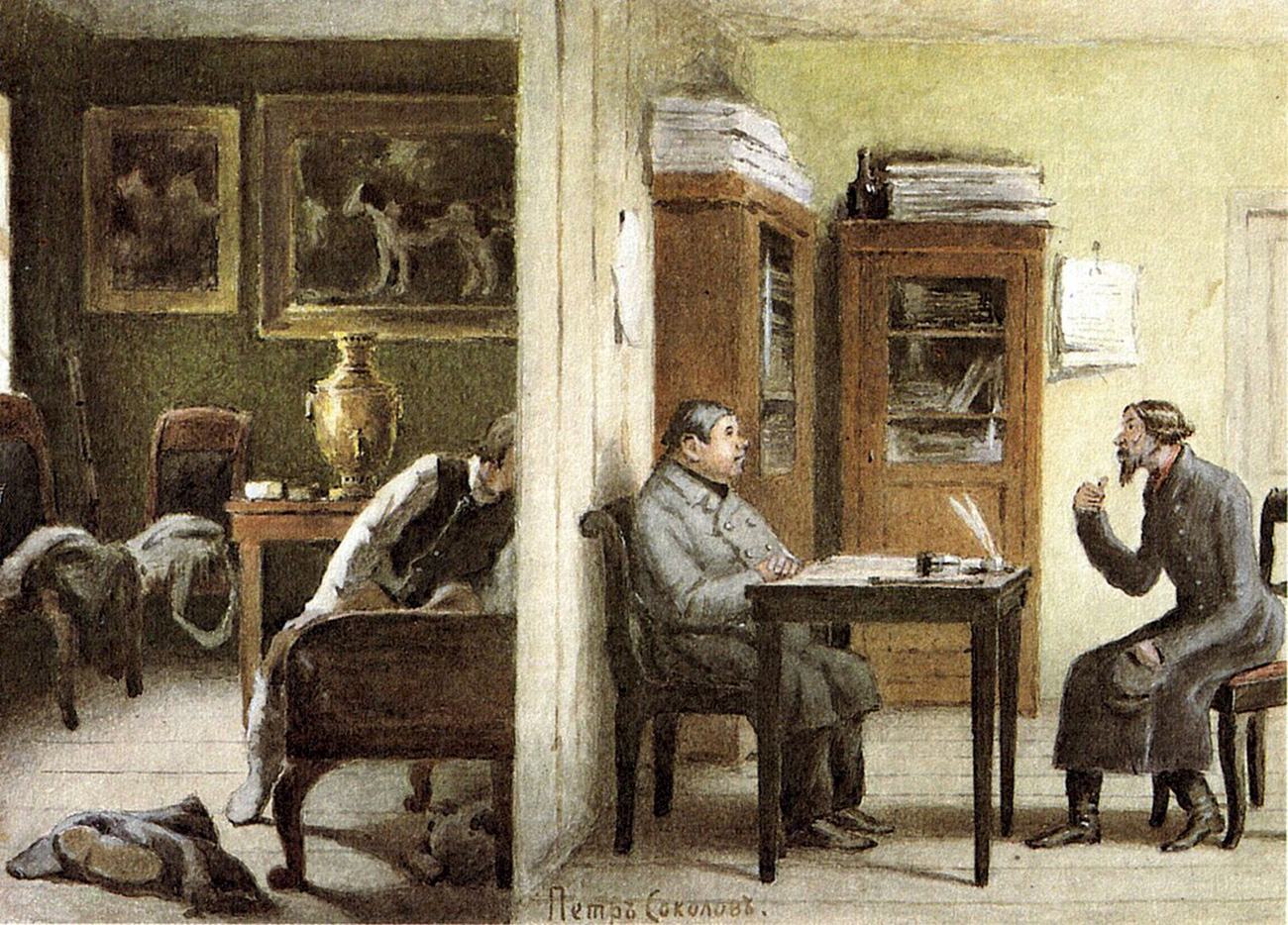
5. It’s a window to mid-19th-century Russia
The book is considered by many to be an unofficial encyclopedia of Russian life in the mid-19th century: the life of landowners and serfs, folk legends, beliefs and rituals from the Oryol and Kaluga provinces; the structure of the peasant or landowner economy, communication between different classes and with each other; details of the hunt – all this was the internal, non-ceremonial Russia of that time.
